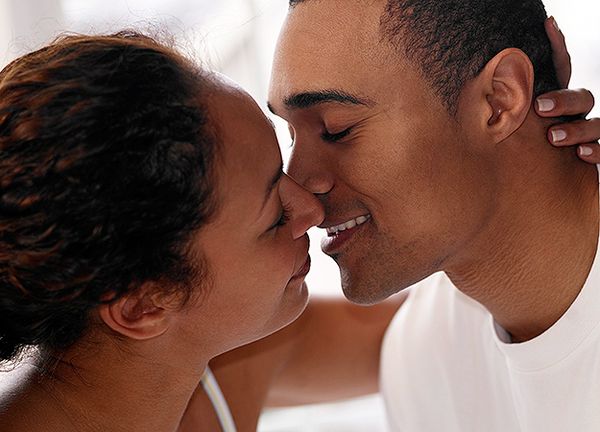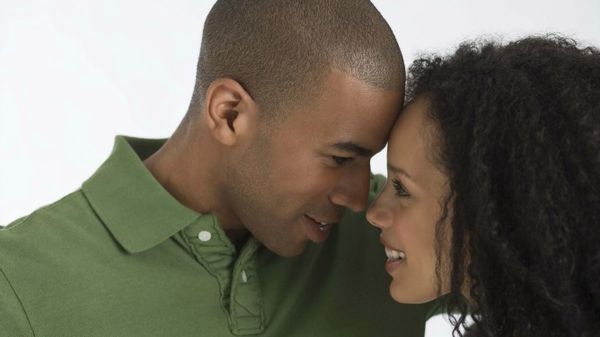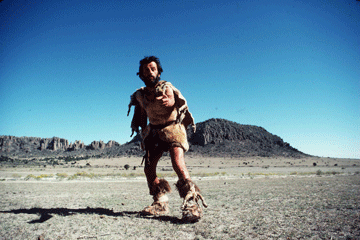"You can't hide your lyin' eyes," the Eagles cautioned in their mid-1970s Top 40 hit. And they were right. We like to think that words are what matters. But in communicating with other people, what we do is at least as important as -- and perhaps more important than -- what we actually say. Body language is a powerful form of nonverbal communication that consists of hand and arm gestures, body position and movements, and facial expressions and eye movements. It clues others in to what we're thinking, often without their even realizing it [source: Mehrabian].
Psychological researchers first began studying body language intently in the 1940s, and since then, they've learned just how influential it is. University of California, Los Angeles (UCLA) psychology professor Albert Mehrabian, one of the leading researchers of the phenomenon, has found that within the initial four minutes of meeting someone for the first time, our facial expressions account for 55 percent of the impression we make. In comparison, only seven percent of that impression comes from our actual words, with the remainder of the information coming from tone of voice [source: Mehrabian].
Advertisement
We do most of this communicating inadvertently, and similarly, other people often interpret our nonverbal information without even being aware that they're doing it. "Many of us have no idea that our non-verbal cues are making an impact," West Palm Beach, Fla., public relations consultant Carey O'Donnell recently told Forbes.com in an interview. "There are thousands of these micro-expressions, and people are reading these, even if they are only subconsciously translating these cues" [source: Laneri].
In this article, we'll look at how our body language conveys information, whether it accurately conveys a person's thoughts, and how we may interpret, or misinterpret, it. We'll also discuss the pros and cons of trying to control and even consciously manipulate these nonverbal cues, in order to communicate more powerfully and effectively with others.
But first, let's take a look at where body language comes from and how we developed it.
Advertisement




